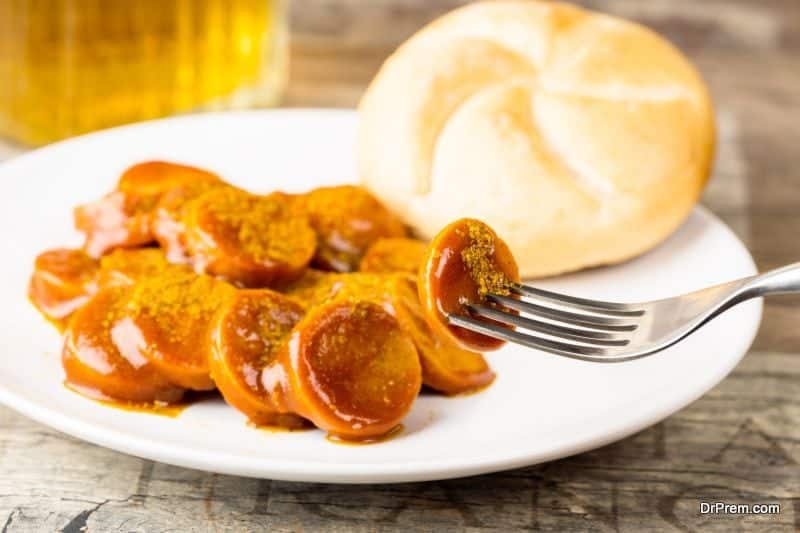A number of factors can cause pruritus ani or itchy anal. One of these factors is the food you take since they trigger some reactions that lead to severe symptoms. Once you eat or drink something that can trigger the reaction, it often takes 24-36 hours before you can start to feel an itch around your rectum. That is the time it normally takes for the food to travel via your digestive tract to the anal area. You need to have an idea about foods and drinks to avoid with Pruritus Ani so as not to create any irritation of the anus.
4 Foods and drinks to avoid with Pruritus Ani:
Here are some foods and drinks to avoid with pruritus ani if you are suffering from this condition. In a combination of a Pruritus Ani ointment, you will get rid of the discomfort really fast.
1. Acidic and Spicy Foods

You may want to eliminate acid-based and highly spiced foods from your diet if pruritus ani is a persistent and frequent problem. These foods include cranberry juice, tomato products, and spices such as chili, cayenne, and jalapeno pepper.
Pizza, garlic, Italian sauces, vinegar, popcorn, red meat, and fatty meats might also lead to an itchy bottom due to excessive acid levels.
Some nuts are also quite acidic, such as hazelnuts, pecans, pistachios, peanuts, and walnuts.
Aged buttermilk, soft cheeses and hard cheeses, and yogurt sweetened with fruit are very acid and you should avoid them.
You should also avoid acidic fruits. Some examples here include fruits such as oranges, pineapple, grapefruit, strawberries, citrus fruits, mulberries, and kiwi. Some fruits are slightly acidic, hence assess your reaction.
Some vegetables such as pickles and eggplant are also quite acidic and may lead to anal itching.
2. Refined Carbohydrates

The straining that arises due to constipation can result in a number of signs that lead to itching in your anal area. These include small cracks in your skin known as fissures and hemorrhoids.
Although high-fiber foods often ease constipation, the New Zealand Dermatological Society states that they can actually worsen the situation and hence should be avoided too. However, that is for just a few foods which are acidic.
3. Carbonation and Caffeine

Carbonated drinks, including soft drinks, can also trigger the reaction and should thus be avoided.
The trick is to eliminate one beverage at a go to determine which one really causes your itchy bottom. This way you will figure out which carbonated and caffeinated drink worsens your symptoms.
4. Limit Alcohol Intake

Wine and beer also contain ingredients called tannins and nitrosamines, which can heighten your risk of developing other diseases around your anal and rectal areas such as bleeding and cancer.
Conclusion
Try to follow a strict avoidance diet for 3 weeks to see if your condition improves. Consult your doctor for a comprehensive list of foods and drinks to avoid.
As well, keep a diet diary to track your meals as well as symptom severity. After the 3 weeks, reintroduce the foods and drinks you removed from your diet one by one – every 2 to 3 days – to determine which one causes your pruritus ani.
Article Submitted By Community Writer





